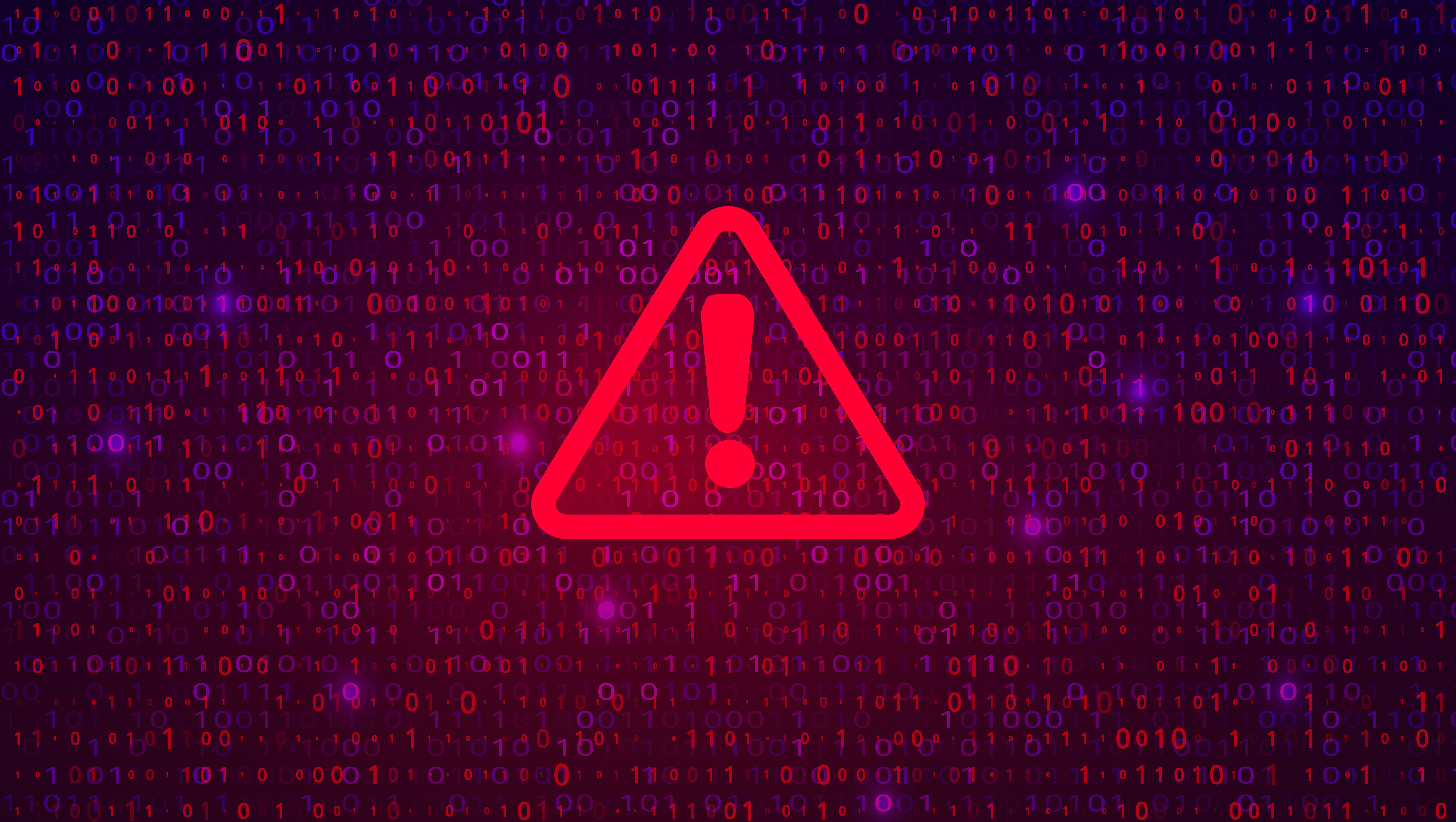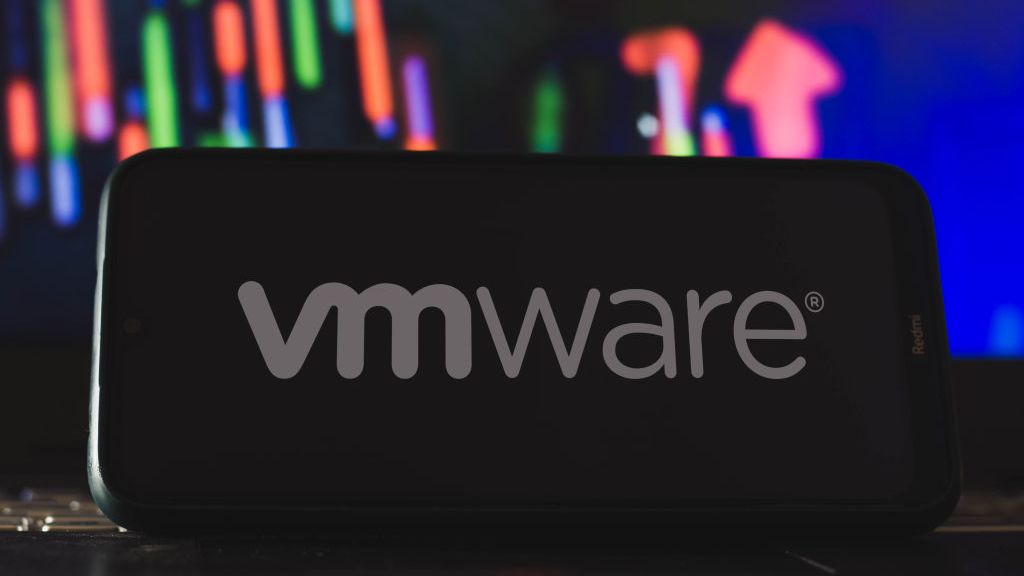Everything you need to know about the VMware vCenter Server vulnerability
A critical flaw in the VMware vCenter Server management software has been exploited in the wild by a Chinese hacking group since late 2021


A critical vulnerability in the VMware vCenter Server management software platform has been actively exploited months after the flaw was initially disclosed and security patches were released.
The critical vCentre Server security flaw allows attackers to leverage remote code execution (RCE) attacks on exposed servers.
Tracked as CVE-2023-34048, the flaw involves an out-of-bounds write vulnerability in the vCentre Server system’s implementation of the DCE/RPC protocol, and was given the maximum CVSS base score of 9.8 in the National Vulnerability Database (NVD).
vCentre Server is VMware’s advanced server management software that provides customers with a centralized platform where they can manage virtual machines, ESXi hosts, and other VMware products.
READ MORE
Citrix confirms two new NetScaler vulnerabilities as firms urged to patch immediatelySneak-and-peek Midnight Blizzard attack highlights “worrying flaws” in Microsoft security processesGPU memory vulnerability could allow hackers to access LLM responses - and Apple, Qualcomm, and AMD products were all at risk
VMware initially disclosed the vulnerability in a security advisory issued in October 2023, stating there was no evidence the RCE flaw was currently being exploited.
The Broadcom-owned cloud computing specialist released a security patch alongside the advisory encouraging customers to patch their servers as soon as possible, with the latest vCentre 9.0U2 available now.
The severity of the vulnerability was underscored by VMware’s decisions to release patches for versions of its products that have reached their end-of-life (EoL) status. These security patches are available via VMware’s vCentre Server update system.
Get the ITPro daily newsletter
Sign up today and you will receive a free copy of our Future Focus 2025 report - the leading guidance on AI, cybersecurity and other IT challenges as per 700+ senior executives
In an update made to its initial security advisory issued in October 2023, VMware confirmed the vulnerability was being actively exploited by threat actors in the wild.
VMware vCenter Server: A Chinese-linked group has been exploiting since late 2021
Research from Google’s cyber security subsidiary Mandiant revealed a Chinese espionage group called UNC3886 has been exploiting CVE-2023-34048 since late 2021.
UNC3886 have been previously recorded targeting VMWare products, with Mandiant revealing a novel malware system affecting ESXi hosts, vCentre servers, and Windows virtual machines.
Mandiant’s report notes the similarity in the group's attacks, targeting systems lacking in endpoint detection and response solutions.
The attack paths usually focus “on technologies that are unable to have EDR deployed to them”.
“UNC3886 has a track record of utilizing zero-day vulnerabilities to complete their mission without being detected, and this latest example further demonstrates their capabilities,” the report added.
RELATED RESOURCE

Meet rising demands on your data center
DOWNLOAD NOW
Researchers at Mandiant observed a similarity between affected vCenter systems where a certain “vmdird” service crashed just before the attackers deployed backdoors onto the server.
Both Manidant and VMware’s Product Security team were able to demonstrate that this crash process was linked to the exploitation of CVE-2023-34048.
These crashes were observed across cyber incidents attributed to the UNC3886 group between late 2021 and early 2022, providing the threat actors with an 18-month window in which to exploit the vulnerability.
As well as applying the latest security patches, VMware warned customers to tighten their network perimeter access control, acknowledging there are no workarounds that remove the vulnerability entirely.
“VMware strongly recommends strict network perimeter access control to all management components and interfaces in vSphere and related components, such as storage and network components, as part of an overall effective security posture.”

Solomon Klappholz is a former staff writer for ITPro and ChannelPro. He has experience writing about the technologies that facilitate industrial manufacturing, which led to him developing a particular interest in cybersecurity, IT regulation, industrial infrastructure applications, and machine learning.
-
 Should AI PCs be part of your next hardware refresh?
Should AI PCs be part of your next hardware refresh?AI PCs are fast becoming a business staple and a surefire way to future-proof your business
By Bobby Hellard
-
 Westcon-Comstor and Vectra AI launch brace of new channel initiatives
Westcon-Comstor and Vectra AI launch brace of new channel initiativesNews Westcon-Comstor and Vectra AI have announced the launch of two new channel growth initiatives focused on the managed security service provider (MSSP) space and AWS Marketplace.
By Daniel Todd
-
 Broadcom issues urgent alert over three VMware zero-days
Broadcom issues urgent alert over three VMware zero-daysNews The firm says it has information to suggest all three are being exploited in the wild
By Solomon Klappholz
-
 Threat actors are exploiting a VMware ESXi bug which could be “catastrophic” for affected firms
Threat actors are exploiting a VMware ESXi bug which could be “catastrophic” for affected firmsNews The VMware ESXi hypervisor has become a favorite target in the digital extortion community, according to researchers
By Solomon Klappholz
-
 VMware Aria: CISA warns customers to immediately patch products
VMware Aria: CISA warns customers to immediately patch productsNews The disclosure marks the third critical vulnerability in as many months for VMware
By Ross Kelly
-
 VMware’s ESXi security issues spur new ransomware gang into action
VMware’s ESXi security issues spur new ransomware gang into actionNews The popularity of ESXi combined with a lack of security tools makes it an “attractive target” for threat actors
By Ross Kelly
-
 Warning issued over ransomware attacks targeting VMware ESXi servers globally
Warning issued over ransomware attacks targeting VMware ESXi servers globallyNews Businesses have been urged to patch the two-year-old vulnerability amidst heightened ransomware threats
By Ross Kelly
-
 Linux-based Cheerscrypt ransomware found targeting VMware ESXi servers
Linux-based Cheerscrypt ransomware found targeting VMware ESXi serversNews Cheerscrypt malware could cause severe disruption to companies using the virtualisation software
By Rene Millman
-
 US security agency issues emergency alert over vulnerable VMware products
US security agency issues emergency alert over vulnerable VMware productsNews A string of actively exploited critical vulnerabilities across five popular VMware products has been described as an "unacceptable risk" to government systems
By Connor Jones
-
 Rackspace partners with Cohesity on new data protection services for VMware workloads
Rackspace partners with Cohesity on new data protection services for VMware workloadsNews Deal aims to eliminate legacy backup silos and provide comprehensive protection against the “array of rising data threats”
By Daniel Todd